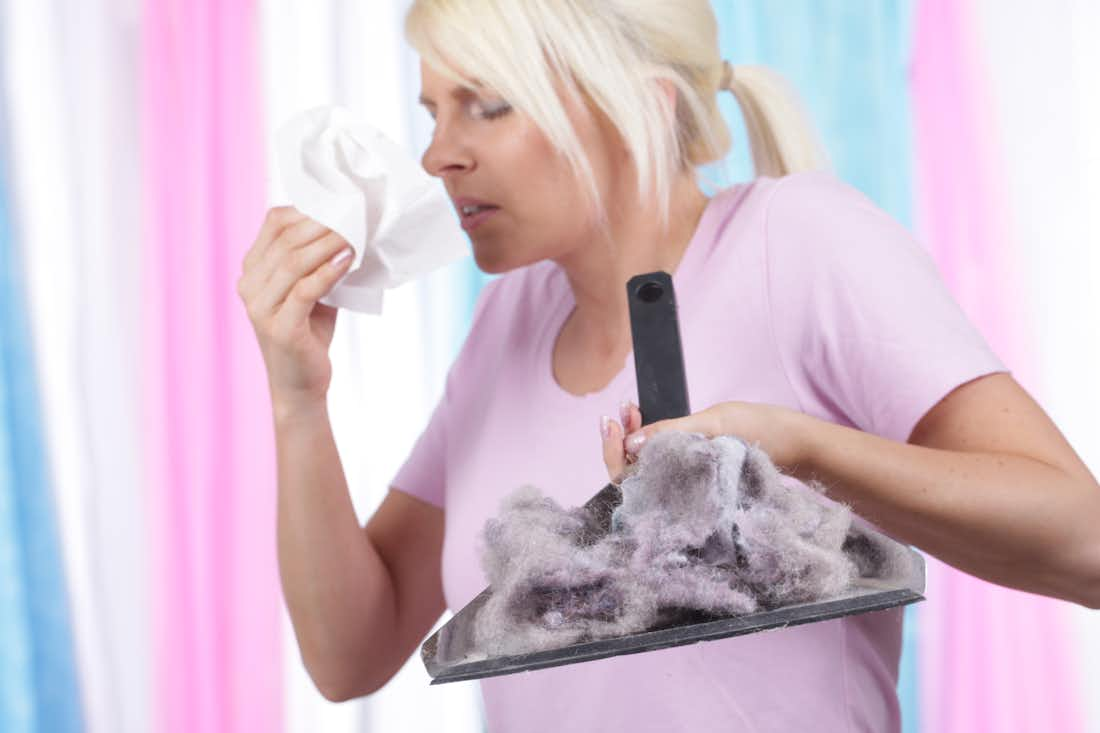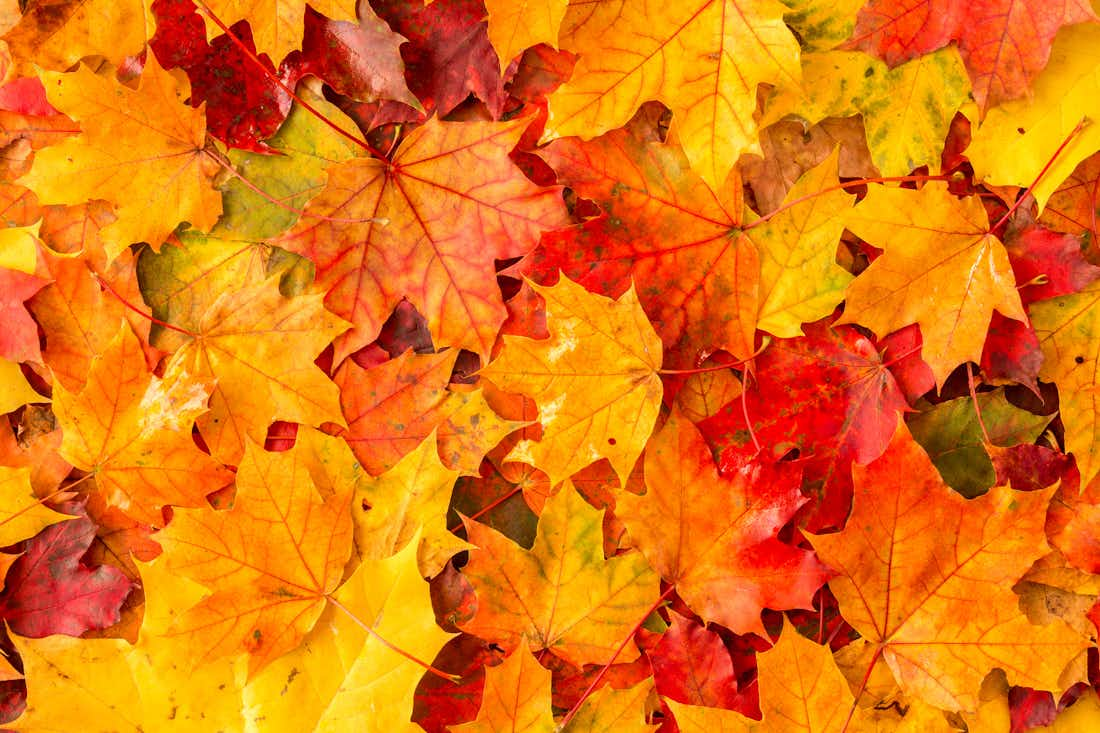Dec 1, 2021
Do Humidifiers Help With Allergies?
7 minute read
When your allergy symptoms are making you miserable, one relief strategy that you may want to try is investing in a humidifier. These handy devices work by increasing the humidity in the air in your home by turning water into steam or vapor and releasing it into the air.
Besides electricity, all you need to run a humidifier is water – they’re simple, low-maintenance, and highly effective for providing relief from some allergy symptoms.
In this post, we’ll explore the impact that a humidifier can have on your allergies, as well as how to choose the best one for your home.
The Root Cause of Seasonal Allergies
If you have seasonal allergies, what you’re dealing with is an oversensitive immune system.
An allergic reaction is your immune system overreacting to a typically harmless substance, such as pollen or pet dander. While some people might experience no reaction to these substances, allergic individuals may find themselves sneezing and blowing their noses anytime they are exposed.
Seasonal allergies are typically caused by airborne allergens like grass pollen, ragweed, mold, or dust mites. These particles can be blown around by the wind or linger outside on certain surfaces, but some can also thrive in your home.
For sufferers of in-home allergies, mold, pet dander, and dust mites are some of the most common culprits. These particles can lurk on surfaces in your home at any time of year, causing perennial (year-round) allergy symptoms for some. However, they’re often at their highest counts during certain seasons.
How Dry Air Can Make Your Allergies Worse
If you suffer from seasonal allergies, dryness in the air isn’t doing you any favors. Dry air can make your nasal passages inflamed, which can lead to irritation, sneezing, itchiness, and a runny nose.
Persistent inflammation in your nasal passages can sometimes lead to issues like acute sinusitis, which can cause discomfort for weeks at a time.
Some Allergens Thrive on Humid Environments
In many cases, dry air creates an ideal environment for indoor allergens like dust mites. Dust mites look for warm, dry areas to feed on dead skin cells. Gross, we know.
Even though dry air can cause issues for your sinuses - you want to make sure to keep humidity levels at around 50 percent. Because higher than 50 percent can cause your dust mite allergies to act up.
Your Nasal Passages Need Moisture
Nasal inflammation is one of the leading causes of allergy symptoms – and it’s often caused by dryness. As previously mentioned, when the air is dry, you’re more likely to experience irritation. That’s why adding a humidifier into your allergy prevention regimen can be a great choice. While relief medications and other treatment options are often necessary for the long-term management of allergy symptoms, moistening the air with a humidifier can be a big help, too.
The Types of Humidifiers
If you decide to make a humidifier part of your allergy management strategy, choose from several types. Below are some of the most popular humidifier varieties and how they differ from each other.
Warm and Cool Mist: What’s the Difference?
The main two categories of humidifiers are the warm mist and cool mist varieties. Warm mist humidifiers, as their name suggests, release heated steam or water vapor into the air. These humidifiers are often recommended to allergy sufferers because of the positive impact heat can have on sinus pressure and nasal congestion.
Warm mist humidifiers are also the first choice for people who want to keep ambient noise to a minimum. These gadgets typically don’t make much sound while they run, especially compared to some air purifiers and other humidifiers.
On the other hand, cool mist humidifiers are often recommended for adding moisture to the air in larger spaces. These humidifiers are typically used in warmer climates where a steady jet of hot water vapor or steam might add too much heat to the temperature.
Now that you know the two primary types of humidifiers let’s explore some of the unique versions of each.
Air Washer Humidifiers
These cool mist humidifiers are designed to act as both humidifiers and air purifiers. Unlike many humidifiers, an air washer is equipped with a filter designed to trap airborne allergens like pollen, mold, and dust.
An air washer can be beneficial if you typically experience symptoms due to indoor allergens. In addition, this type of humidifier serves two purposes – cleaning and moisturizing the air simultaneously. That means you can potentially save money by buying just one gadget instead of two.
However, air washers typically require more cleaning and upkeep than a standard humidifier, especially one that shoots warm mist. If you’re looking for the most basic, straightforward humidifier you can get, the air washer may not be your best option.
Evaporative Humidifier
Evaporative humidifiers, like air washers, release cool mist into the air. However, these humidifiers are a bit different in terms of their functions and features.
An evaporative humidifier is equipped with a fan, which pulls in air from the room, almost like an air conditioning unit. The air that is pulled in by the fan is then pushed past water, which evaporates as the air passes by. The humid air is then pushed out of the humidifier, adding coolness and moisture.
Evaporative humidifiers are an excellent choice for anyone with allergies who lives in a warm, dry part of the world.
Areas that lack moisture but have abundant heat aren’t the best places to use a warm mist humidifier, especially since the hot steam can make a warm room even warmer. Instead, try an evaporative humidifier, which is equal parts fan and moisture booster.
Ultrasonic Humidifier
These humidifiers are available in forms that either spray warm mist or cool mist. In addition, some ultrasonic humidifiers are equipped with settings for both warm and cool mist.
Ultrasonics vibrate rapidly to break up water into tiny particles, then shot into the air by a fan. The mist produced by the fan evaporates into the air, adding moisture – and heat or cold – to the temperature in the room.
Steam Vapor Humidifier
This type of humidifier is ideal for colder climates and the winter months of the year. Equipped with a heater, these humidifiers release steam into the air at high enough temperatures to take bacteria, mold, and other pollutants out of the air in your home.
Like an air washer, the steam vapor humidifier functions as a moisture-boosting gadget and an air purifier. If you’re concerned about indoor allergens as well as dry air, it’s a great choice for your home.
Humidifier Upkeep
When it comes to humidifiers, maintenance and upkeep are the keys to safe, effective use. Every humidifier needs a certain amount of attention to run well, and when neglected, these gadgets can do more harm than good.
Here are the essential steps to take to use a humidifier as effectively as possible.
Use Clean, Distilled Water
Your humidifier needs water to run – and that water should be the highest possible quality for your health.
Distilled water is ideal for use with humidifiers since it has the lowest mineral content. Using distilled water in your humidifier lowers the risk of releasing unwanted mineral particles into the air in the form of mist.
Clean Your Humidifier Frequently
Every humidifier needs to be cleaned after each use to keep it as clean as possible. Below are the steps you can take for a complete refresh of your humidifier:
Replace the water in the tank after each use. Standing water in a humidifier definitely isn’t good for your health. This water can become a breeding ground for bacteria and mold, so you should always rinse the tank and fill it with fresh water each time you use your humidifier.
Keep an eye on replaceable parts. If your humidifier is equipped with an air filter, you’ll need to routinely replace that filter to keep the humidifier running smoothly. Most air filters need to be replaced every few months, so it may be helpful to mark your calendar after each replacement.
Conclusion
If your allergy symptoms aren’t going away, getting a humidifier may help – but there are more steps you can take for relief, too.
At Cleared, we’re pros at helping allergy sufferers find treatment plans that work for them. We fully support using humidifiers for extra allergy relief, but we also firmly believe in the power of treatments like antihistamines and immunotherapy to fully conquer your symptoms.
If you’re curious about how Cleared can help you get the relief that you need from your allergies, our five-minute allergy quiz is a great place to start. From there, you can book an online consultation with one of our allergists and start your journey to an allergy-free life!
Reviewed by Dr. Payel Gupta
Sources:
The development of allergic inflammation | NCBI



